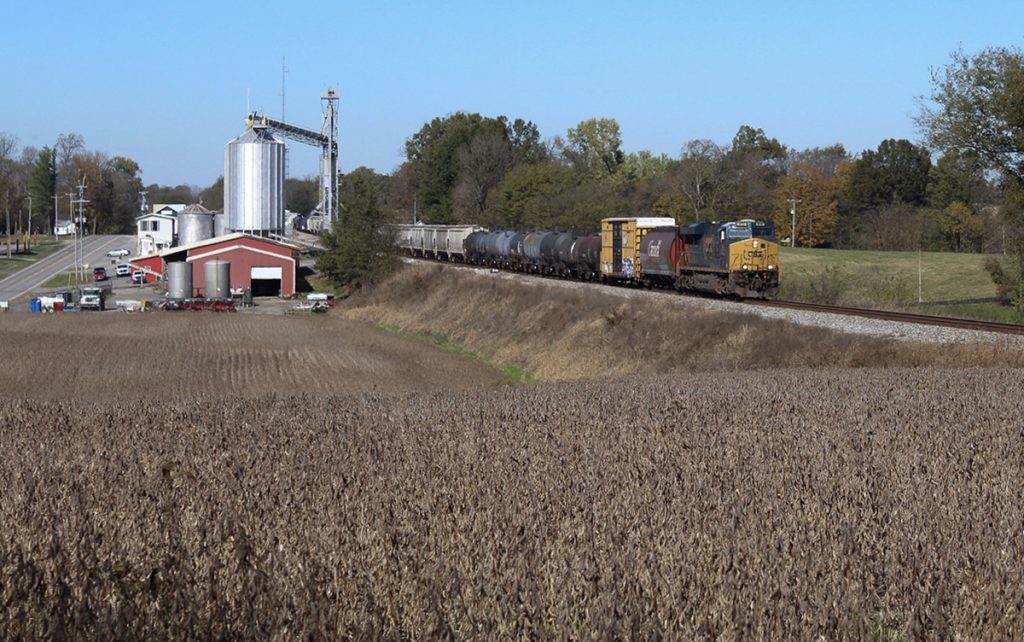
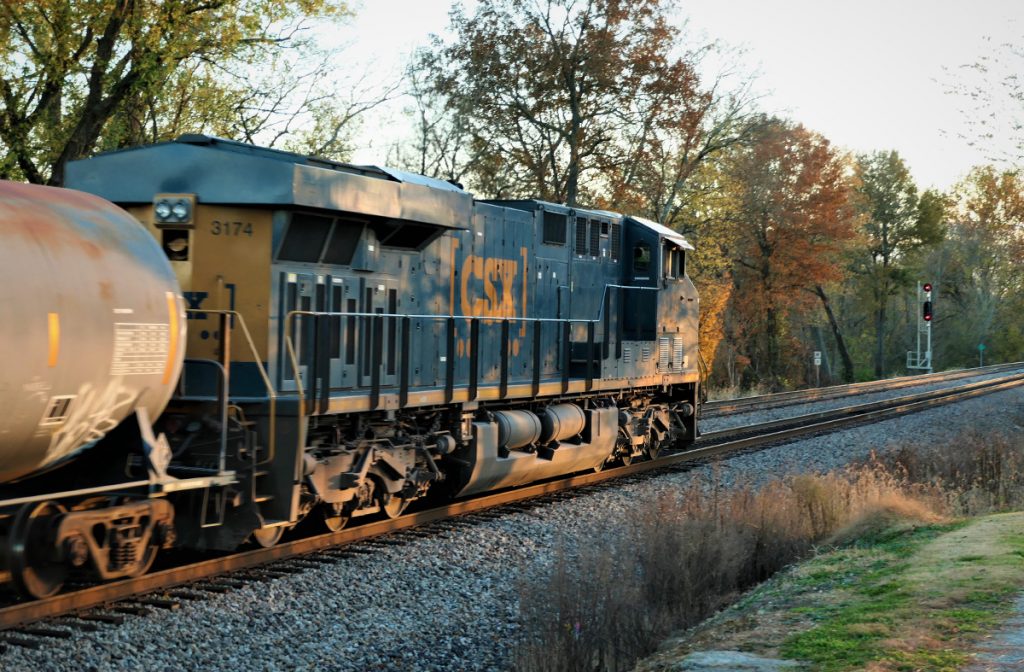
Photo by Tom Steiner
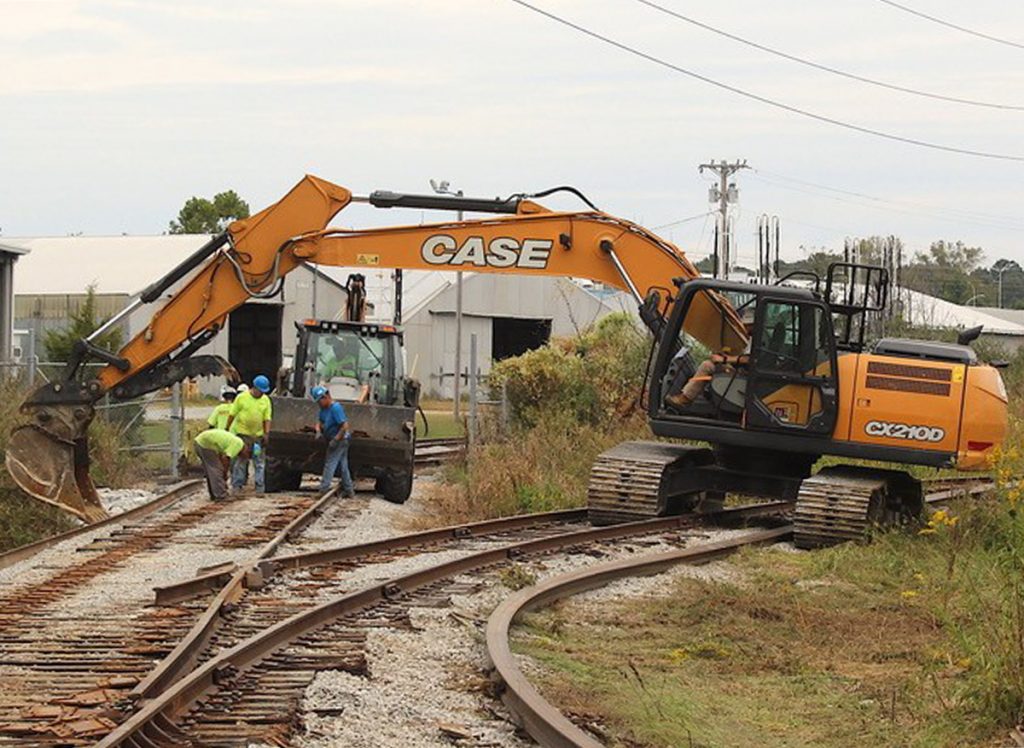





The engineer has just opened the throttle to get underway. When an operating steam engine sits, unmoved for any period of time condensation builds in the cylinders. Steam and air can compress, water and vapor cannot. So, when the train is to be moved the engineer must open the cylinder cocks at the bottom of the piston chamber and let the movement of the piston drive out the moisture. Obviously, it is not a safe place to observe, note the seagull scrambling to exit the scene.
In the picture, the Great Northern mallet # 2050 is exiting Interbay Yard in Seattle, with a long freight. Snow in Seattle is not rare, rather, just an annoyance to be dealt with. Having snow and cold temps does enhance the drama of steam and smoke, however.
That’s Queen Anne hill in the background, with city center beyond. Soon this freight will cross Bridge #4, over the Lake Washington Ship Canal trekking north along Puget Sound. Its destination could be Stevens Pass and points east, or continue north to Bellingham or Vancouver, B.C.
Our two oldest kids learned how to count watching slow moving boxcars from this same vantage point. We lived in nearby Ballard in ’61 & 62. All diesel by then, darn.
Credits: Hall Will Collection, Museum of History & Science, Seattle
Submitted by Gary Ostlund
Shooting trains at night can be troublesome so I here’s a few tips on shooting at night using manual settings. You can also shoot on auto, but you’ll get better results if you use manual as the headlights from a train can “fool” your camera on auto. Also, many folks photograph trains at night using flash, but that’s another ball of wax and involves a lot more work and I won’t be covering that in this article.
First and foremost are two things. Use a tripod and turn off your VR on your camera or lens, otherwise when shooting it can cause blurry images when shooting on a tripod. If your gear doesn’t have it then you don’t need to worry. This applies if you’re using a tripod.
For best results use the fastest lens you have with the fastest shutter speed. if you are hand holding also use the highest ISO you can, but no higher than you must, and when hand holding use the VR if you have it. It’s also a good idea to brace yourself against something to help hold the camera steady when hand holding at night.
Shoot a test exposure based on what the camera tells you. If it’s too dark, increase the exposure, too light, decrease it.
Join other night photography groups on Facebook so you can see what other people are doing and how.
Use the self-timer when possible when shooting at tight. It helps eliminate camera shake from when you press the shutter. Better still, get an electronic cable release.
Learn to manually focus your camera. Auto focus at night can be troublesome.
If your camera has a setting for Locking the mirror up before taking your picture, then use it. When shooting at night, sometimes the slap of the mirror can cause camera shake.
Pop over to YouTube and watch videos on shooting at night. There’s a wealth of them available and free!
Here’s a few good ones.
Here’s some articles on the subject as well:
https://www.cnn.com/travel/article/railways-at-night-pictures/index.html
https://lens.blogs.nytimes.com/2012/11/16/when-steam-locomotion-ground-to-a-halt/
Night photography of trains and railroads can be very dramatic and enjoyable, but it can take time along with some trial and error till you get used to it, but very rewarding. When trackside at night or anytime always remember to be safe!!
I lucked out with a friend at Fortner Gas here in Madisonville. He let me know about the spur upgrade so I could get some shots. Just a few days after it was completed, I caught the local headed that way with some loaded tankers and got the switching action on camera. The cab shot in the trackmobile was a surprise bonus for me! Fortner has become a regional supplier of propane with this new transloading facility across from the Madisonville Industrial Park off Hwy 41A in Madisonville, Ky.


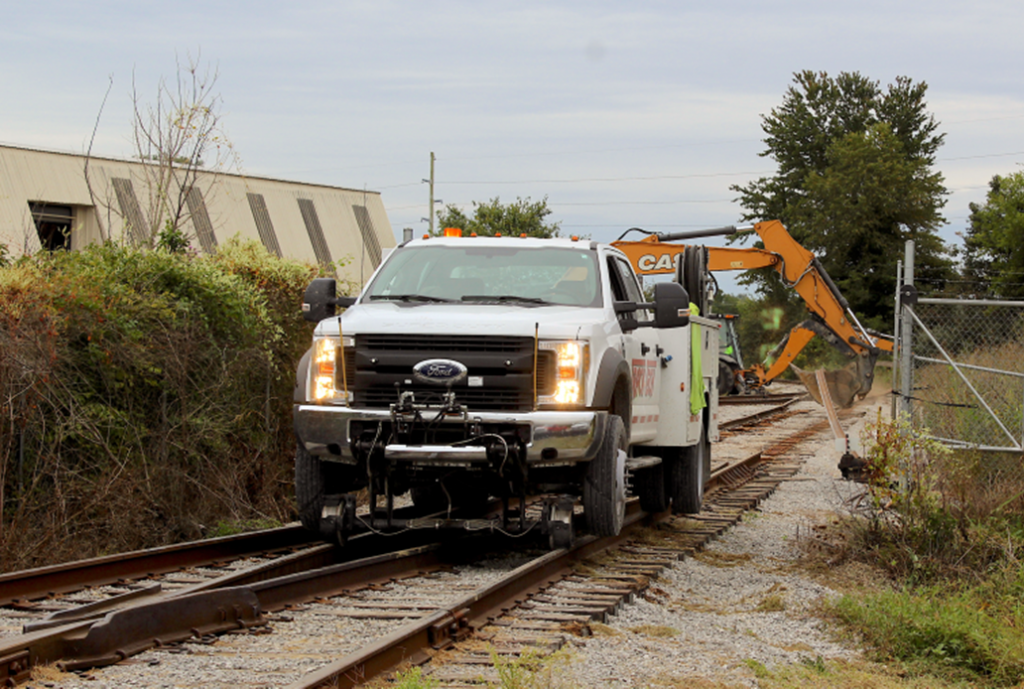

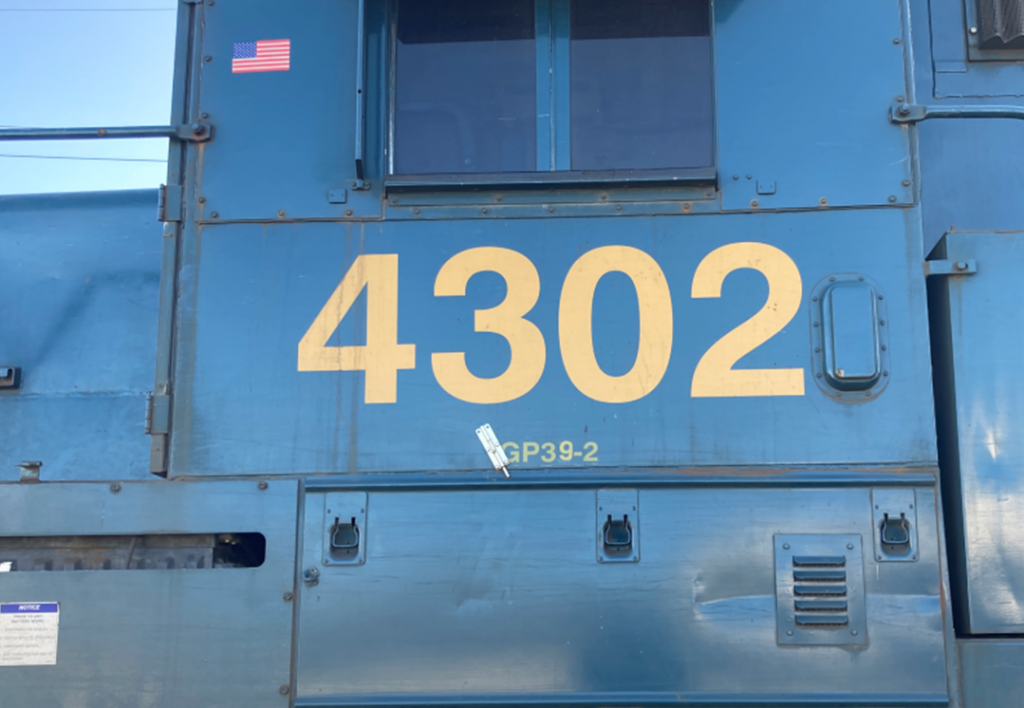

Notice the little touch of re-engineering on 4302’s panel door above! Yes, I got to couple up to the tank car and blow the horn! – Photos by Bill Thomas
Our 2021 Chapter Calendar is now available for purchase! Click on the link below to purchase a copy directly via online. The front features the third place winners from our yearly chapter contest winners and the interior features the 1st and 2nd place winners for the year. Since we didn’t have a November meeting and won’t have another till hopefully January 2021 it’s best that you order your calendar via online. If you prefer not to order online you may email the chapter at info@westkentuckynrhs.org and request one via our treasurer, Bill Farrell. With COVID, online ordering is the safest and quickest way to get your copy of the calendar.
CLICK HERE TO ORDER YOUR CALENDAR TODAY!
Below are images that show what the calendar pictures looks like.
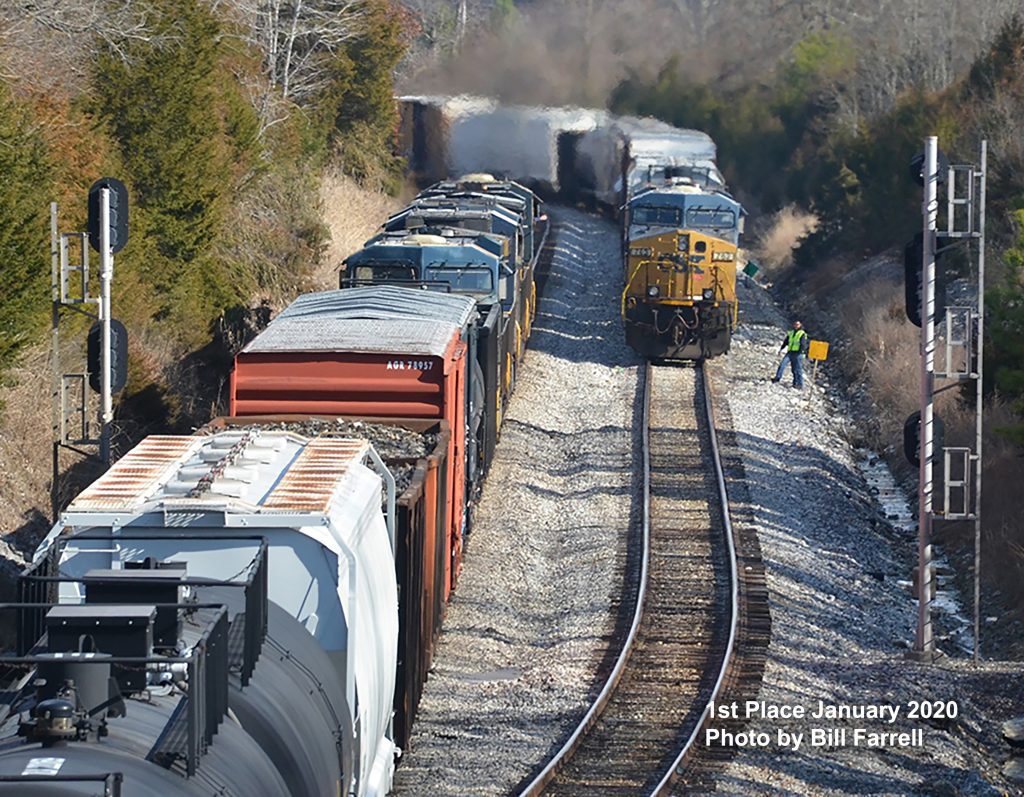
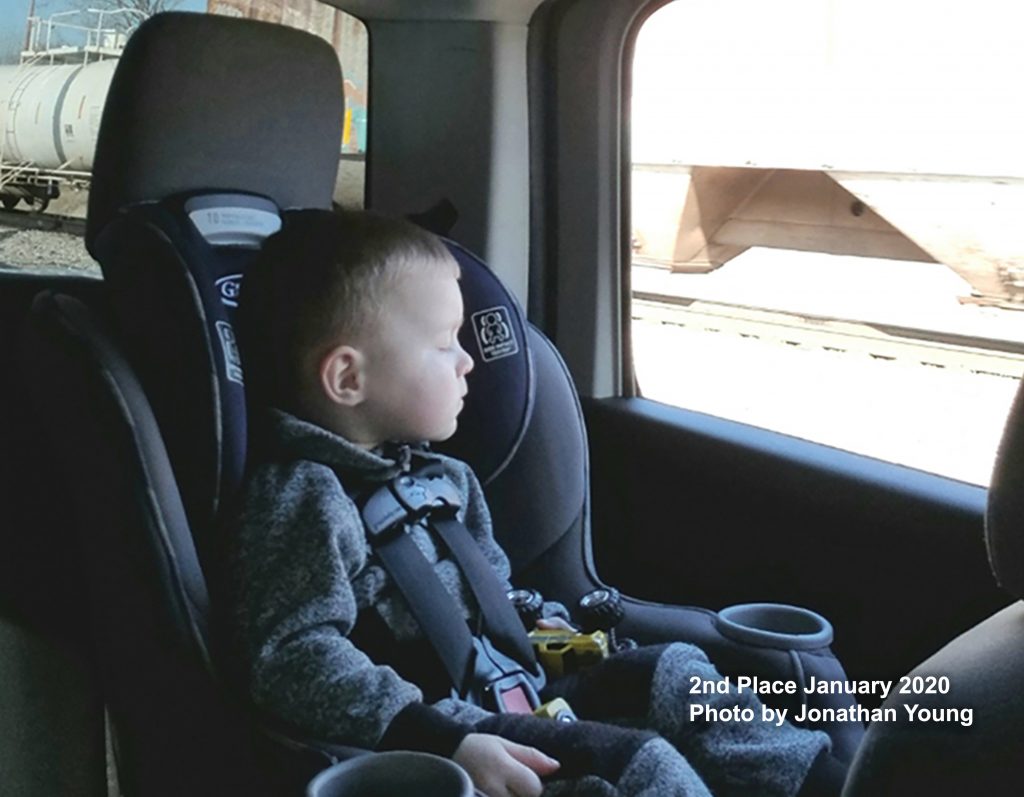
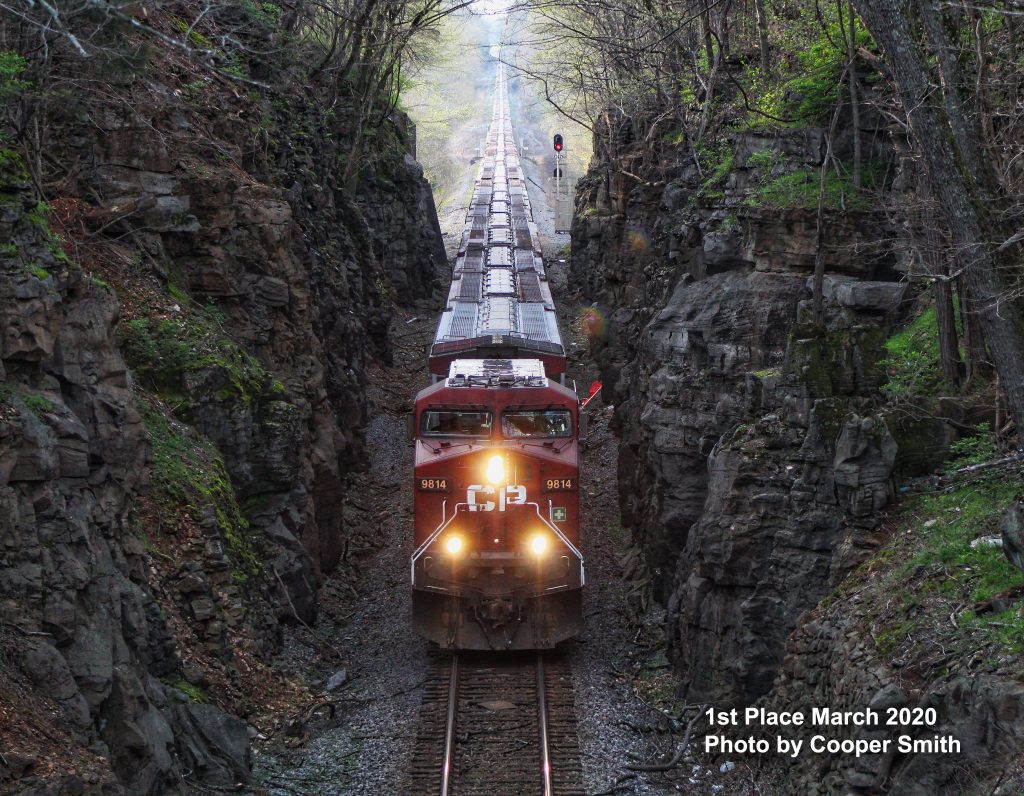
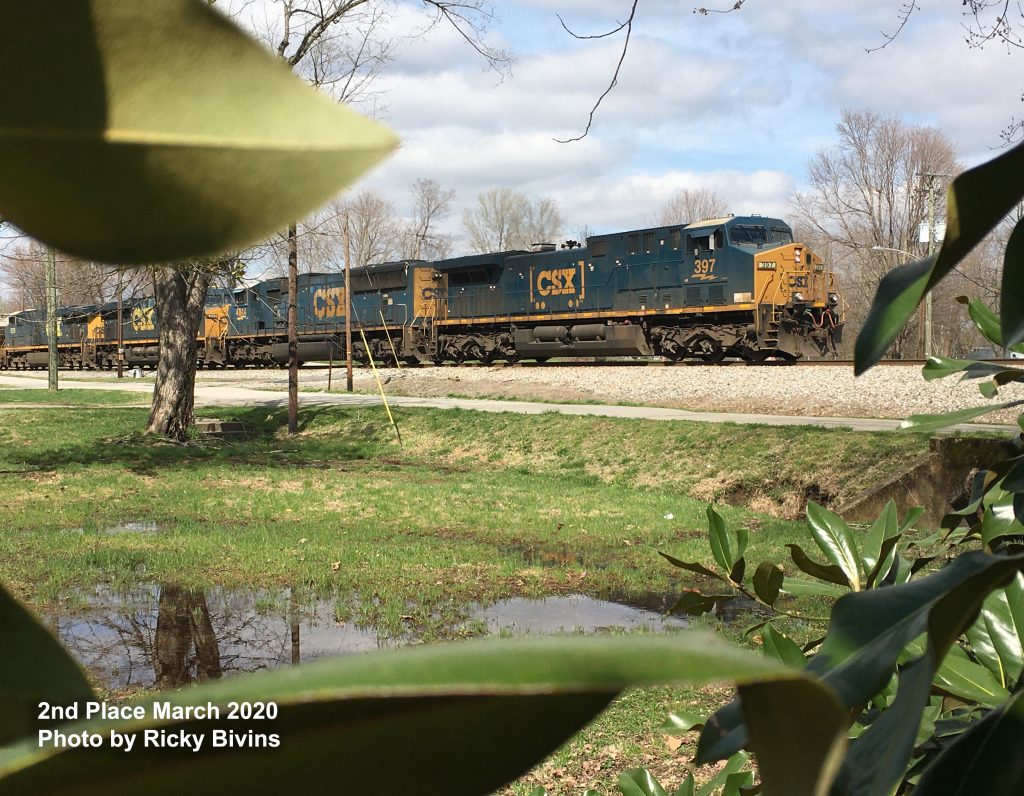
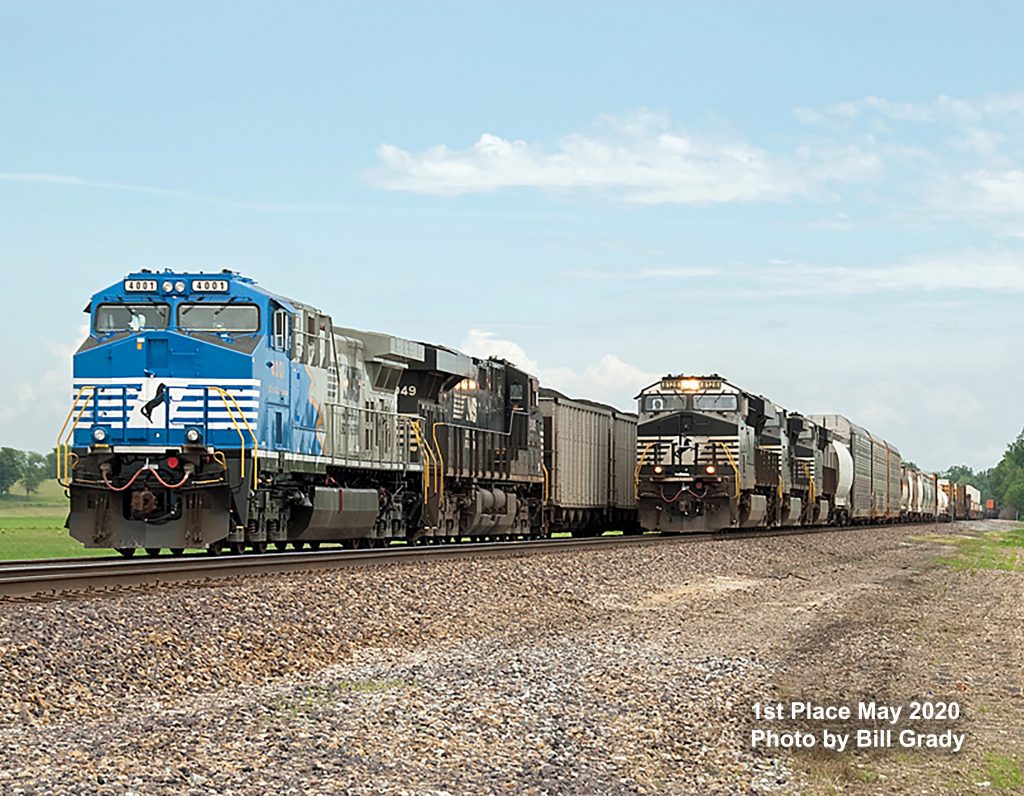
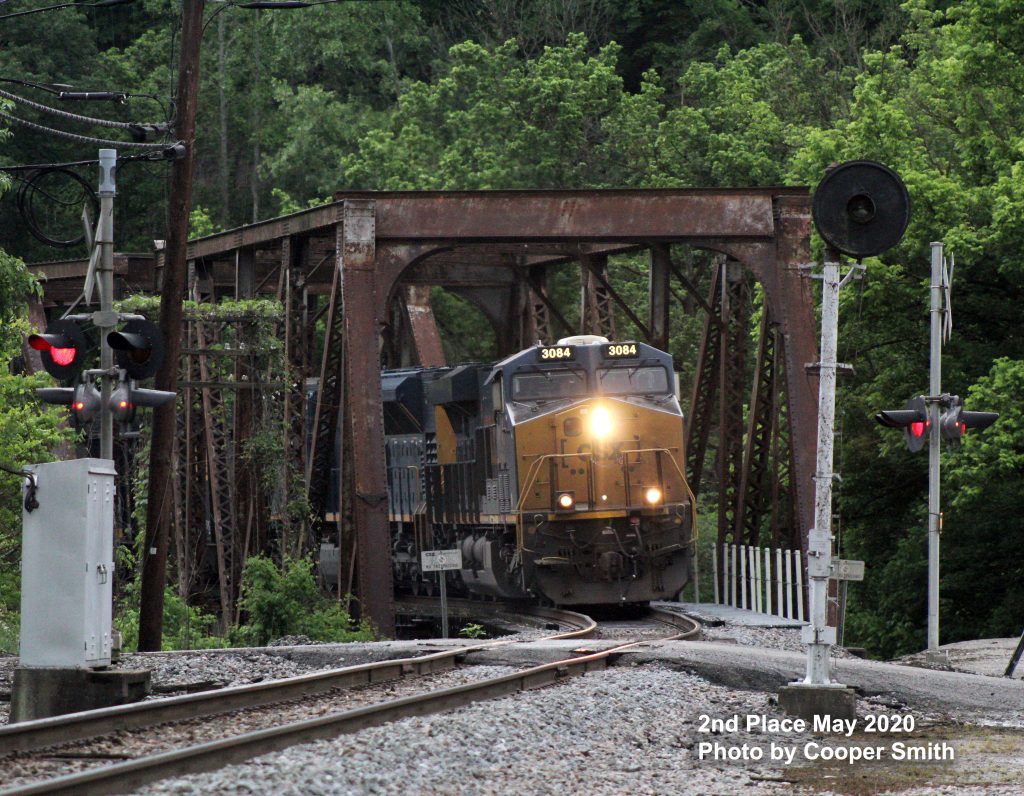
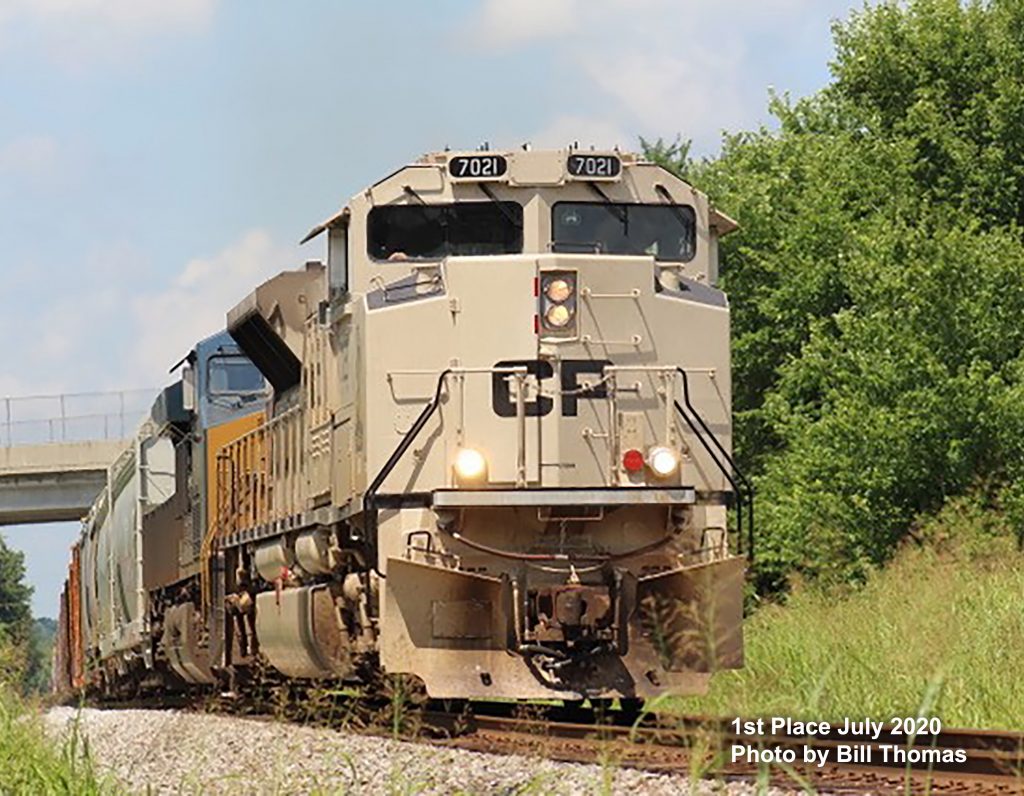
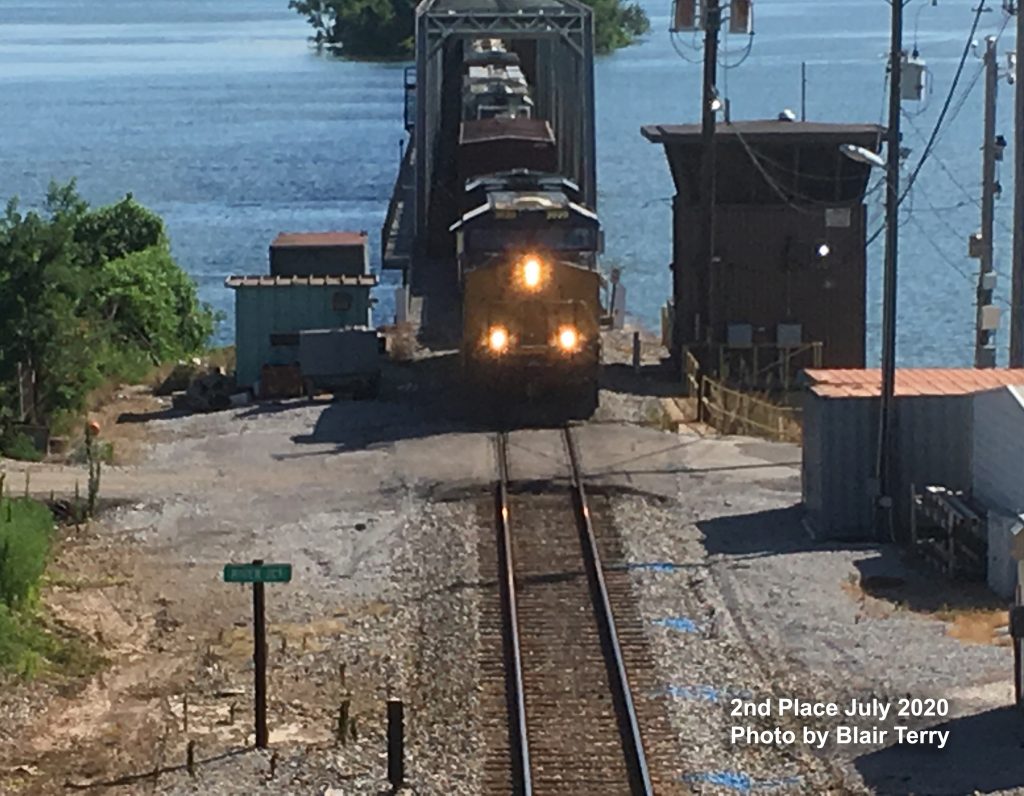
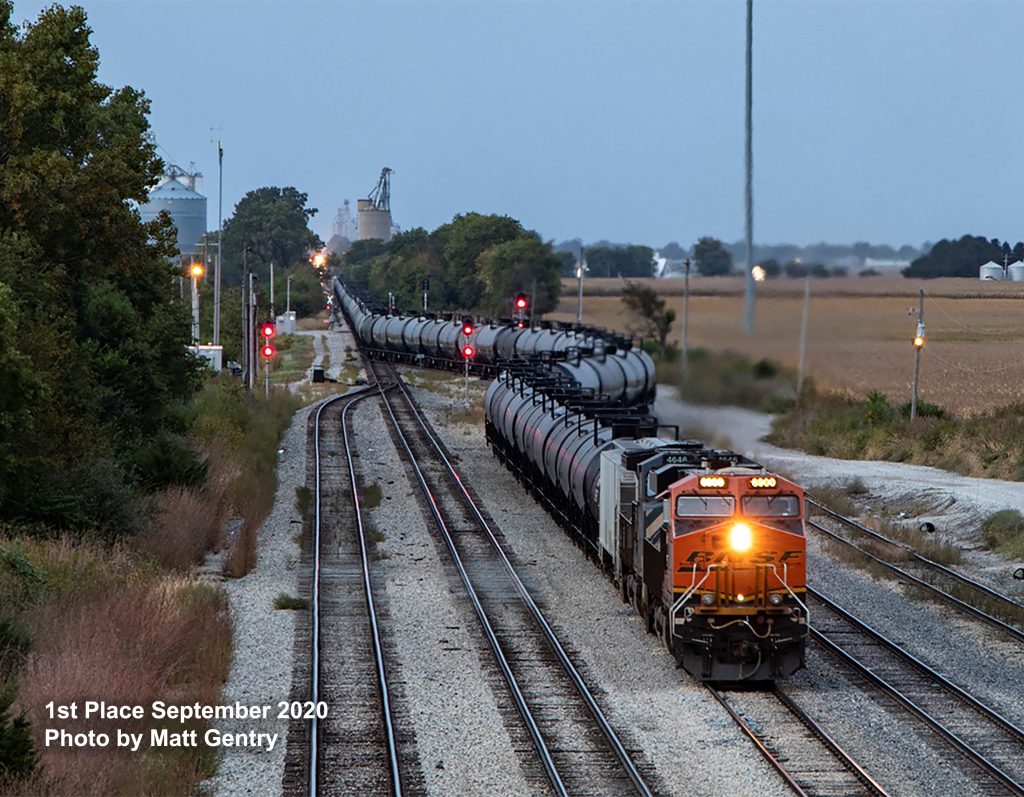
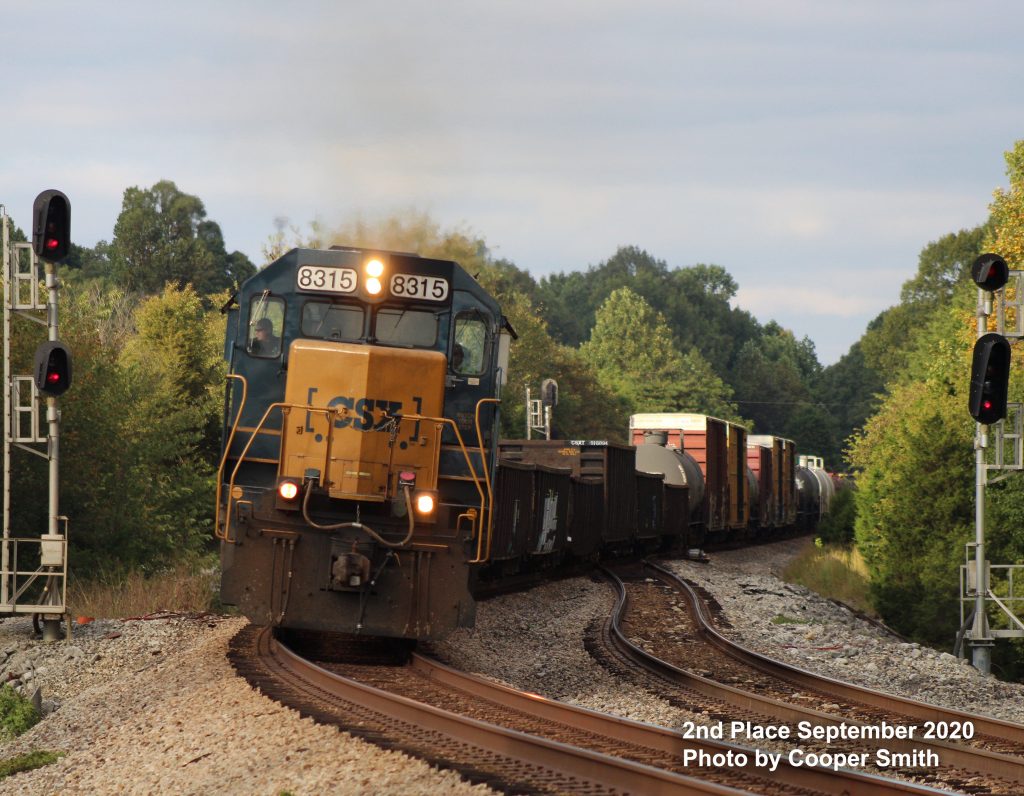
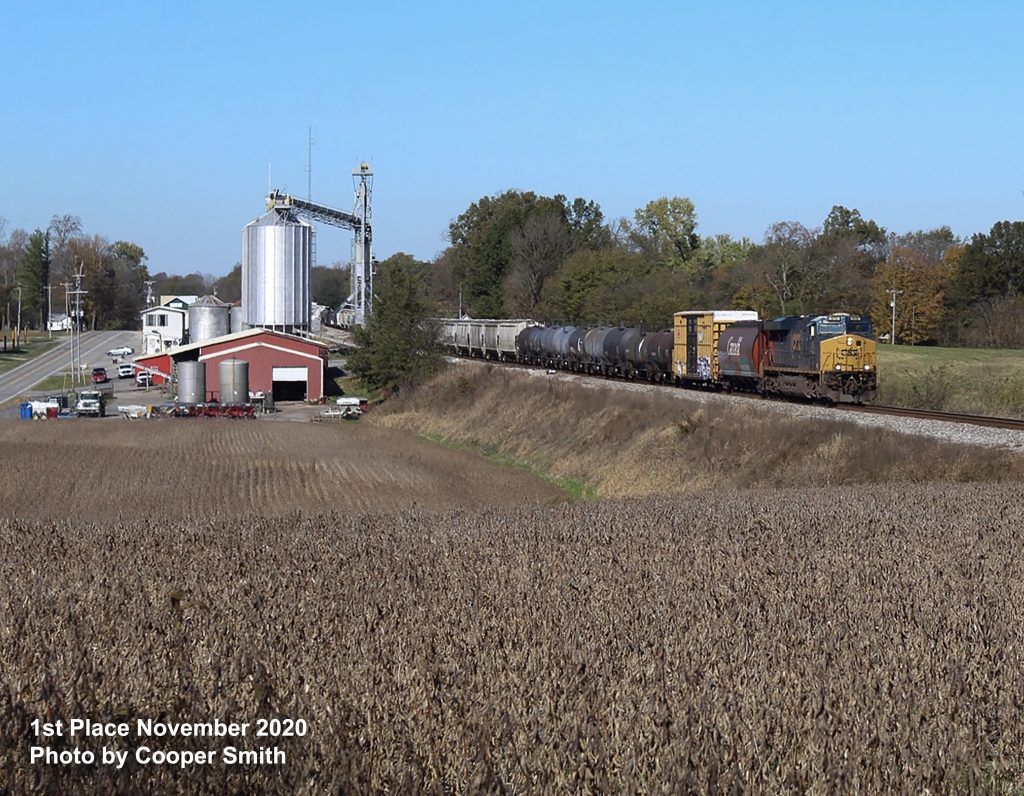
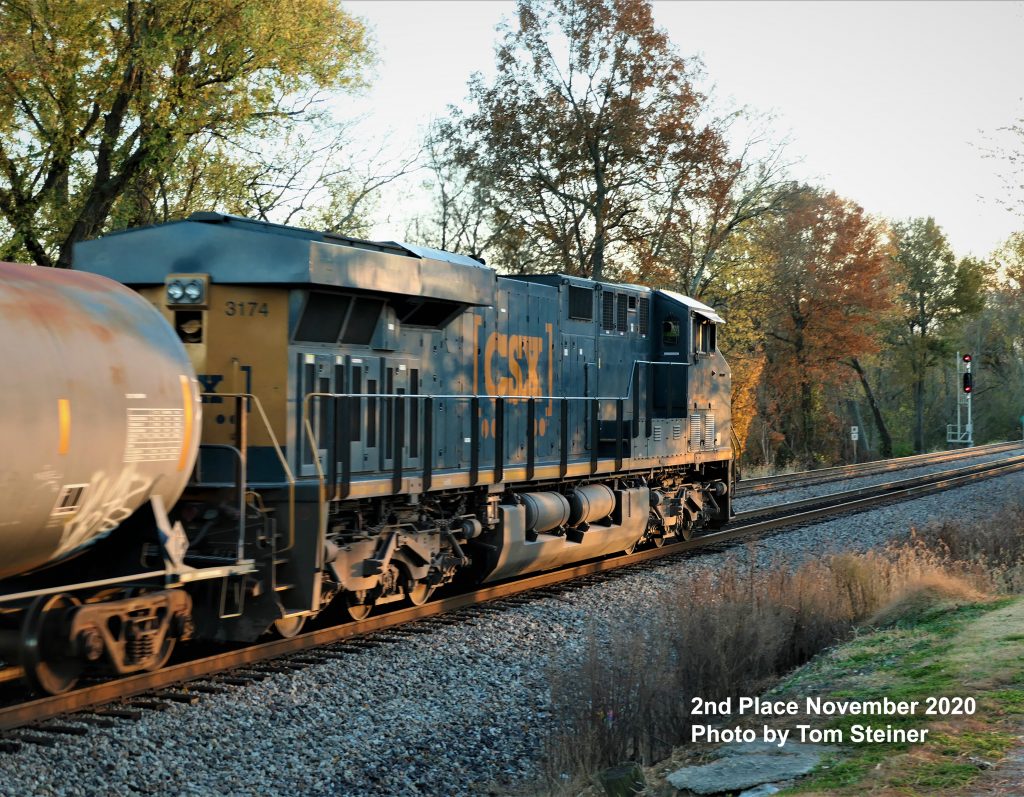
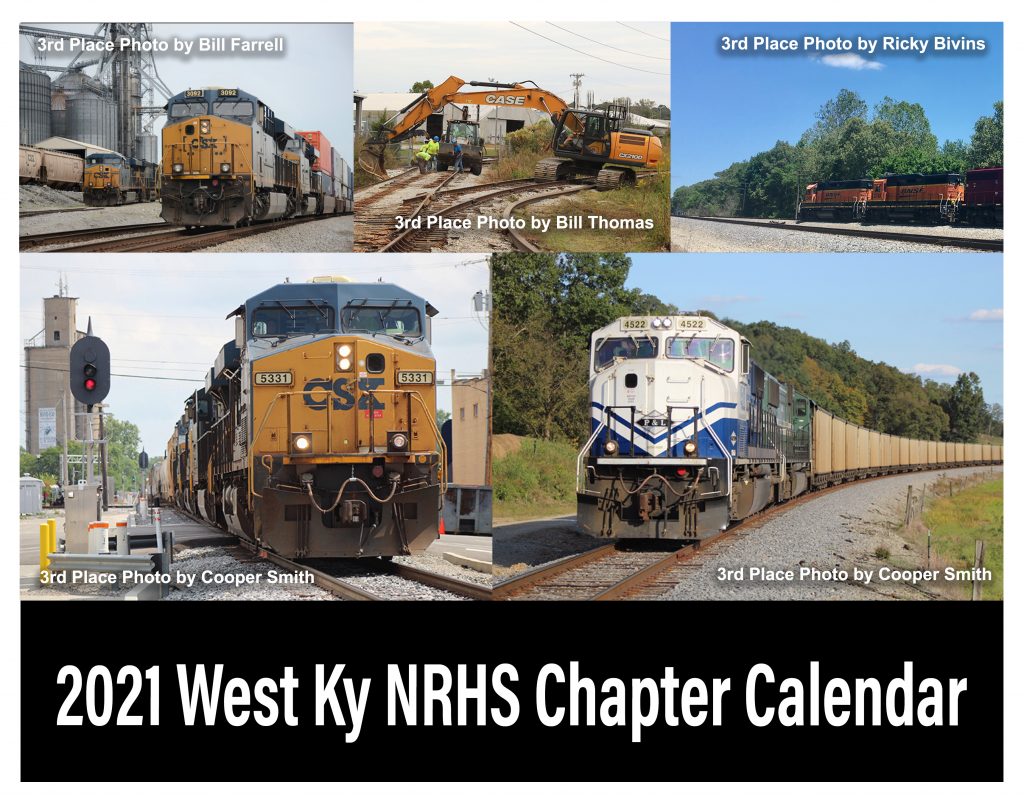
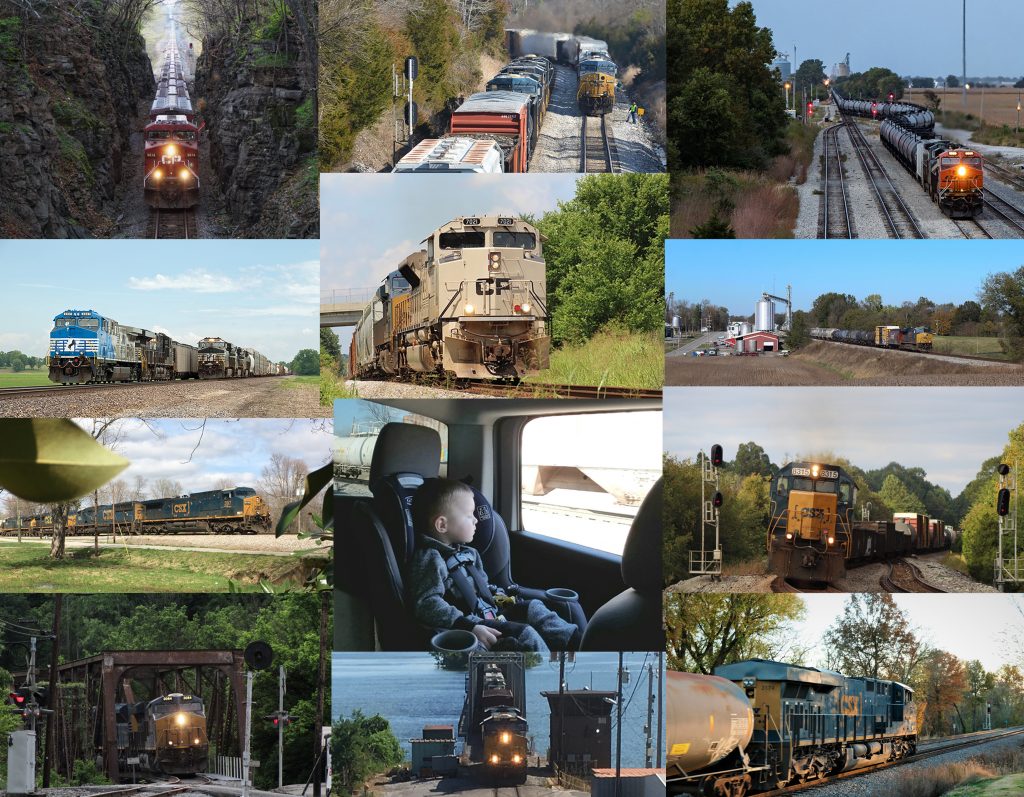
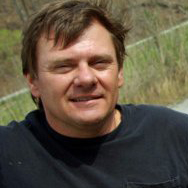
Greetings West Kentucky NRHS members!
Due to the governors mandate which is due to an increase in COVID-19 cases and Hopkins County being a “red” county, The City of Madisonville has banned pubic meetings. Therefore Innovation Station is closed. As a result the chapter meeting scheduled for Monday, November 16, 2020 is canceled and our next scheduled meeting will be in January 2021. We apologize for the inconvenience, but we must follow the mandate set by our leaders.
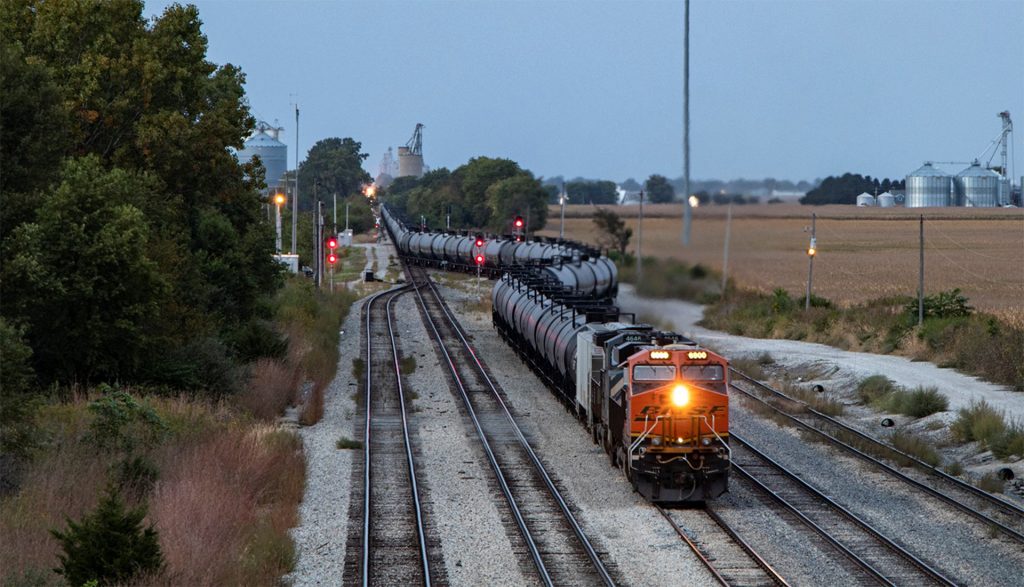
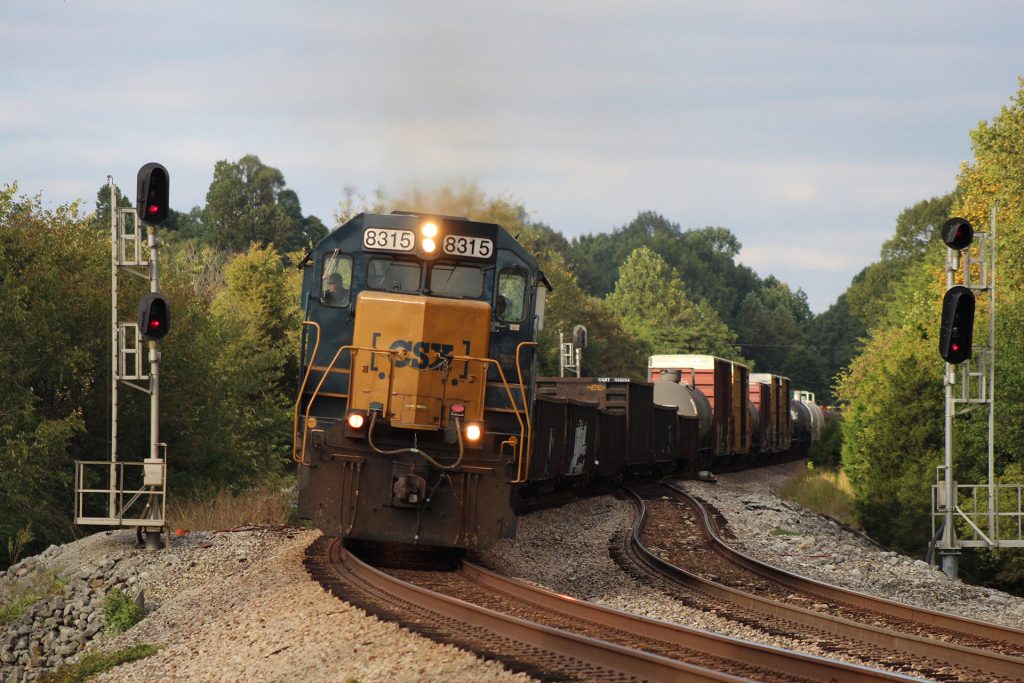
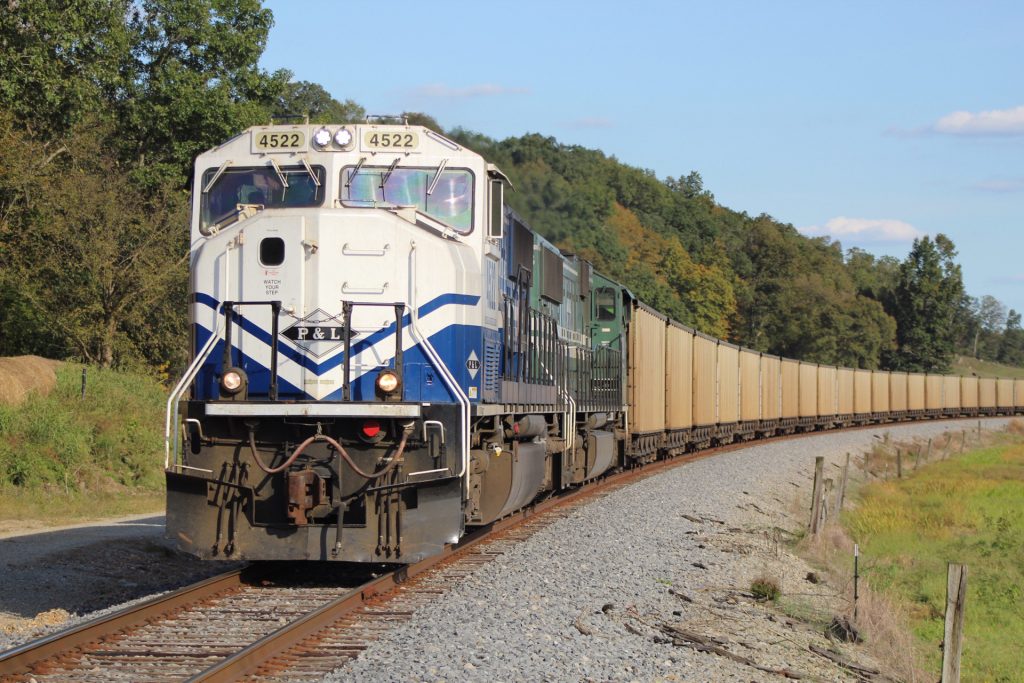
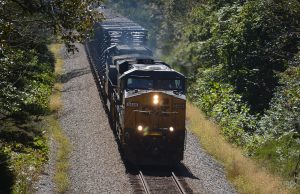
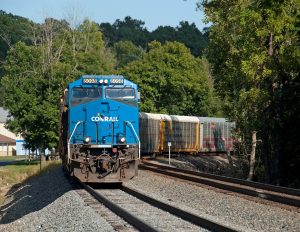


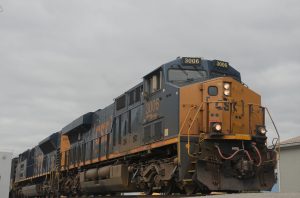
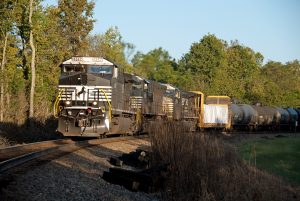
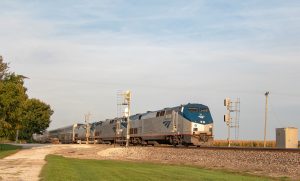

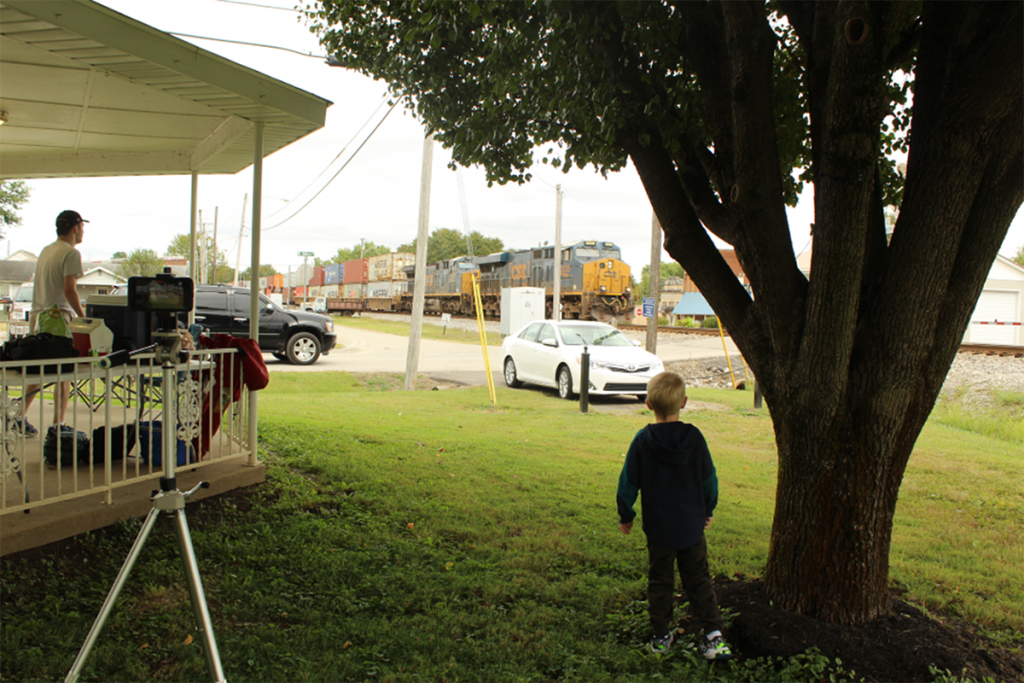
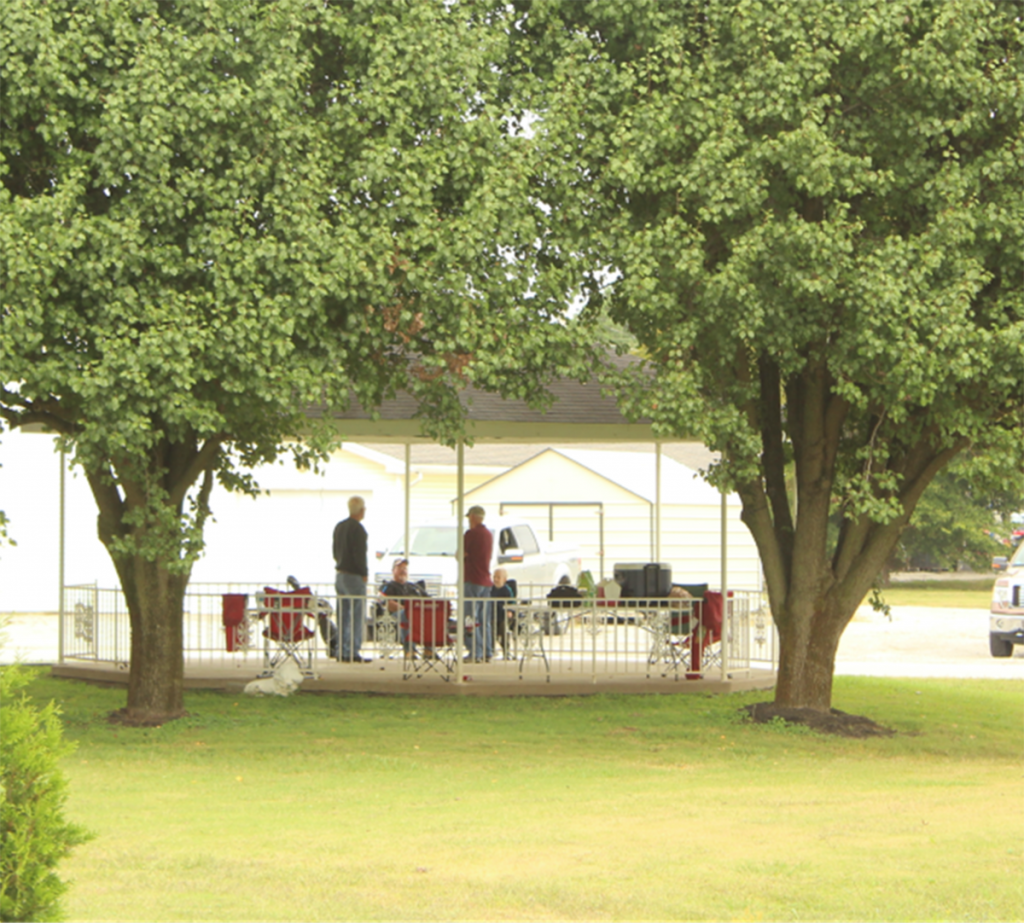
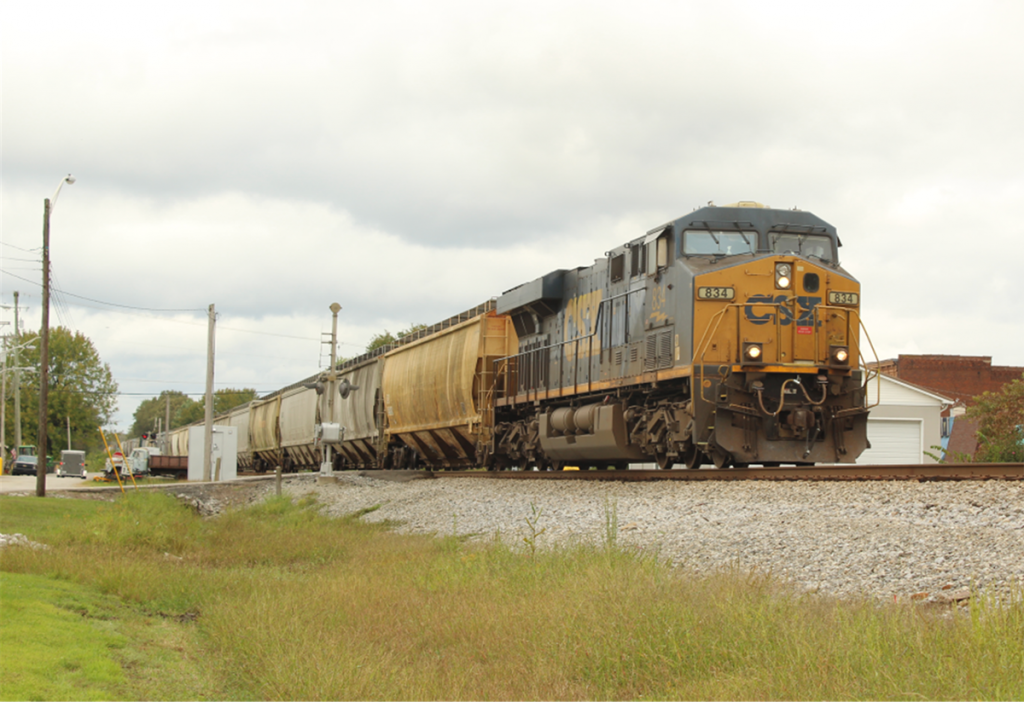
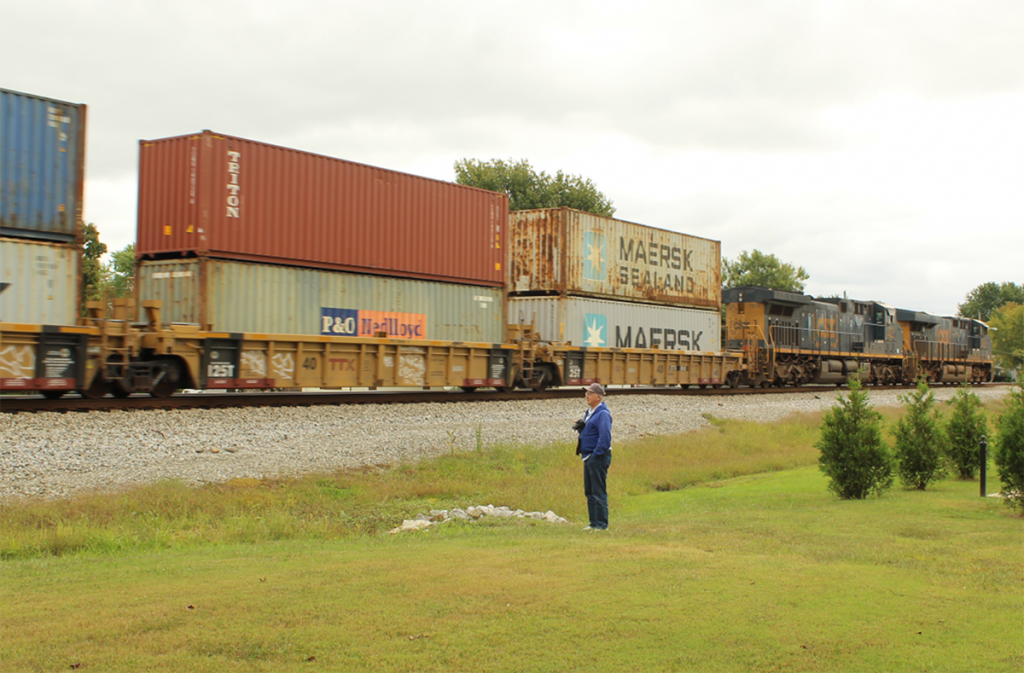
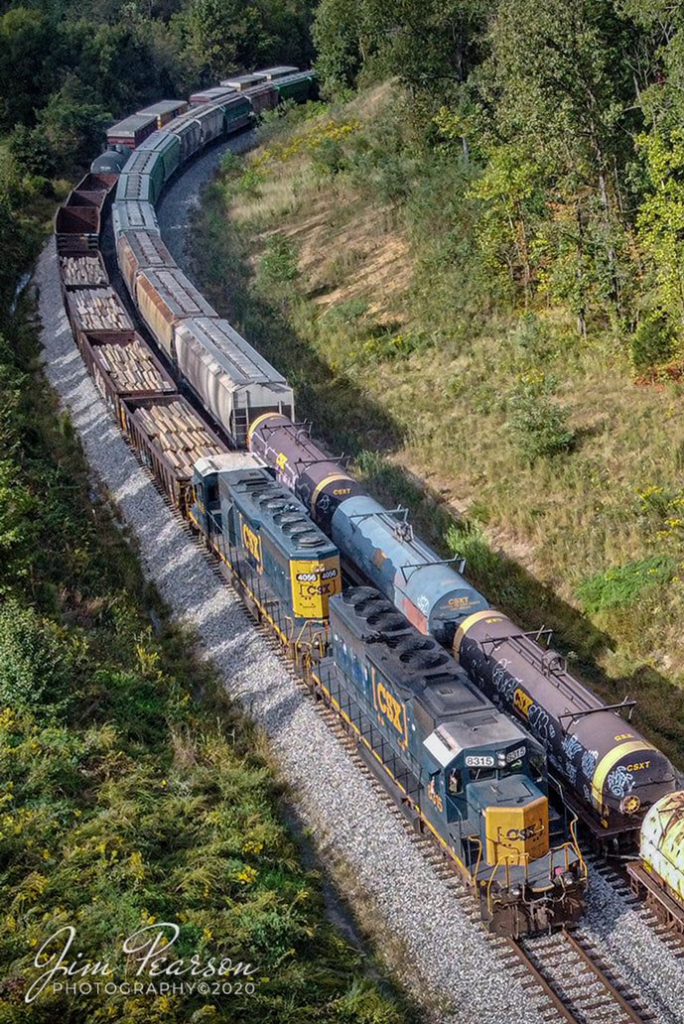
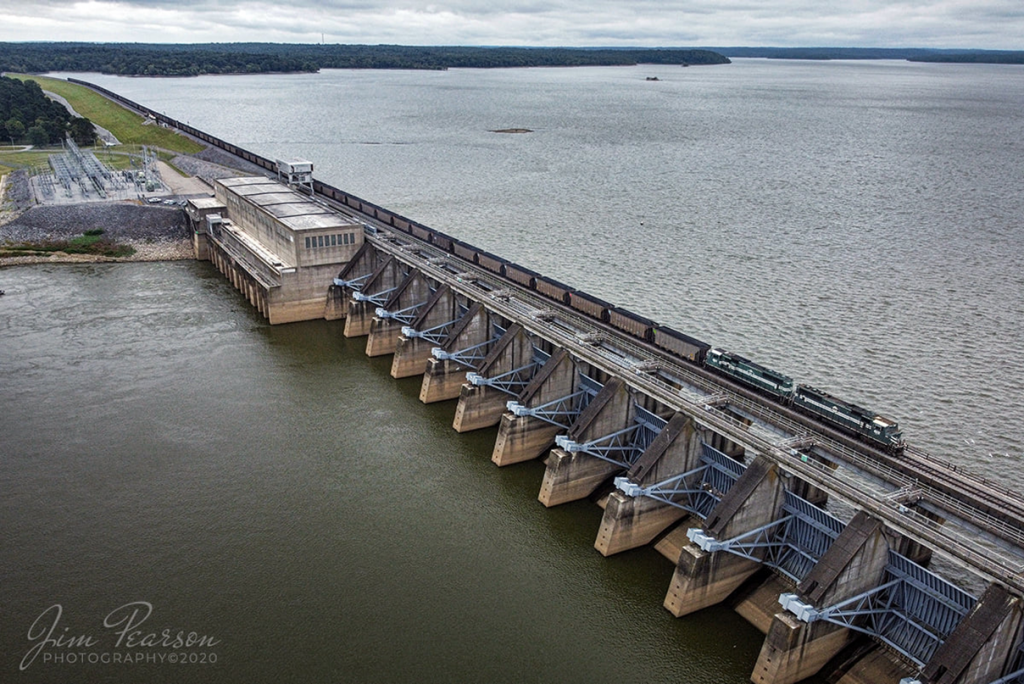
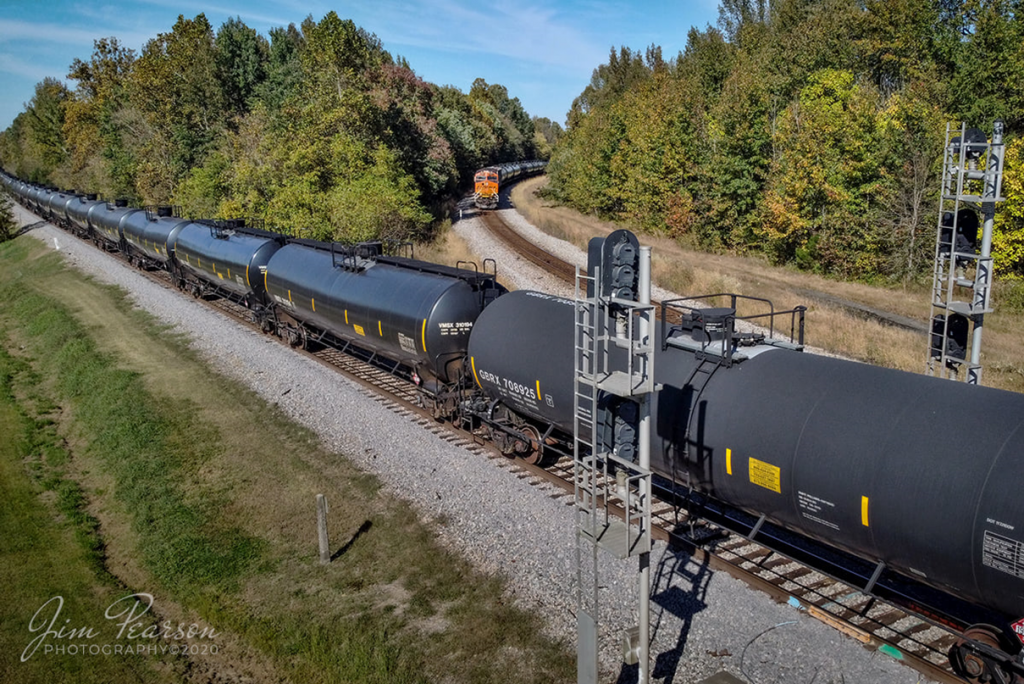

A great show tune written by American composer Jerome Kern and lyricist Otto Harback for their 1933 musical Roberta. The popular song has been performed by numerous performers, but the most famous version was recorded in 1958 by The Platters.
Smoke in the eyes of engine crews racing across America’s landscape, however, not so wonderful. The configuration of steam motive power dictated that the smoke stack be up front, ahead of the boiler. That fierce exhaust is what creates the draft, keeping the firebox ablaze. Also, the fireman watched the stack, as a useful gauge on his proficiency.
Most railroad management was oblivious to the problem, but the Union Pacific and a few others solved the problem, to a degree, with “elephant ears,” as they were nick-named. The ears extended in front of the smokebox, curved inward along the top, and with fast forward movement, created an updraft. At slow speeds, tough luck, you best hope for a good side wind. The Southern Pacific solved the smoke problem particularly in their many tunnels by buying Cab-forward steam locomotives.
I can remember vividly parked along the Chilkat River in Alaska back in 1958, drinking terrible home brew, watching the Northern Lights, and listening to the Platters then new hit; “Smoke Gets in Your Eyes,” radio static and all. (It does get better than that…)
Credits: Classic Trains – Winter 2010 – Photos top Stan Kistler collection, bottom Allen W. Madison and Wikipedia

September 17, 2020 – CSXT 3439 and 275 lead loaded coal train CSX N040 south on the Henderson Subdivision as it approaches the John Rivers Rd. crossing at south Casky in Hopkinsville, Kentucky.
Tech Info: DJI Mavic Mini Drone, JPG, 4.5mm (24mm equivalent lens) f/2.8, 1/320, ISO 100.
Jim will present a program on Railfanning with a Drone at our November 16th, 2020 meeting. Be sure to attend!
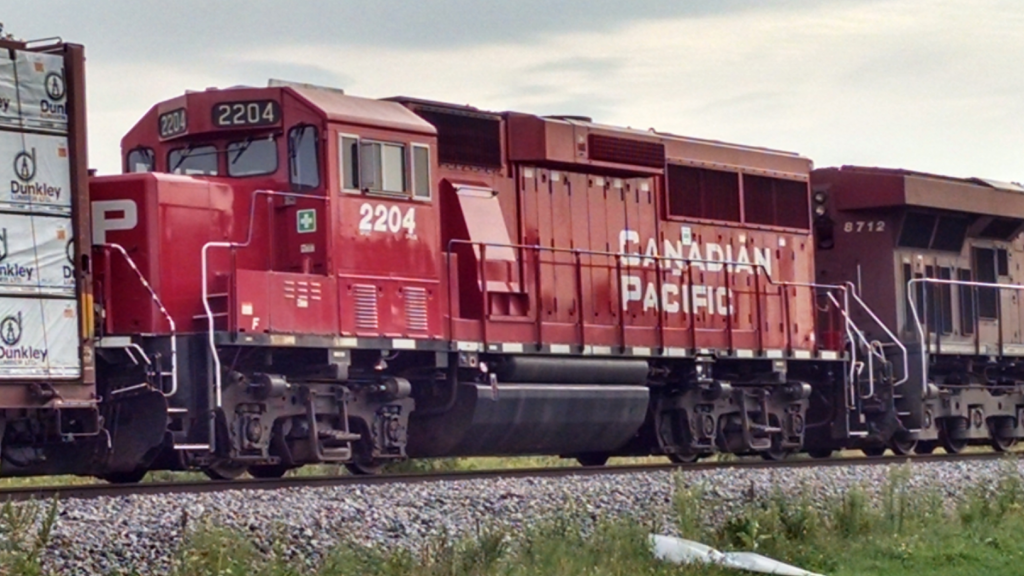
CP GP20C-ECO 2204, rebuilt from GP 7/9 parts, is still laboring on during the morning of September 7, 2020 (Labor Day). Tucked in as the second unit on St. Paul, MN-Chicago Manifest 286, she awaits a clear signal across the CN diamond at Duplainville, WI. – Photo by Chris Dees

Congratulations to Wally Watts on his 90th birthday!